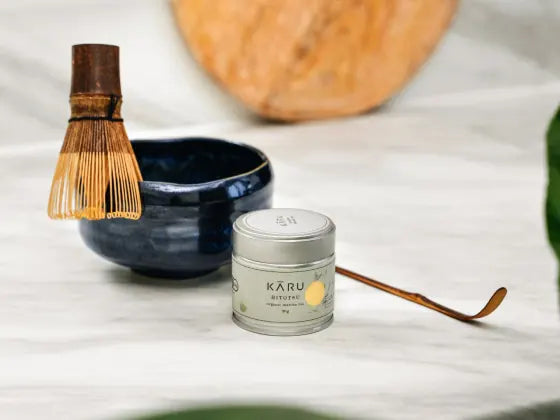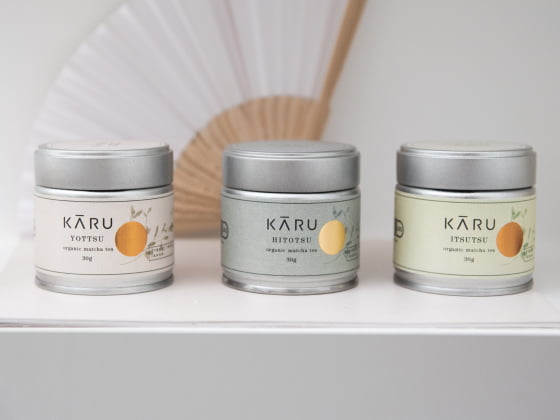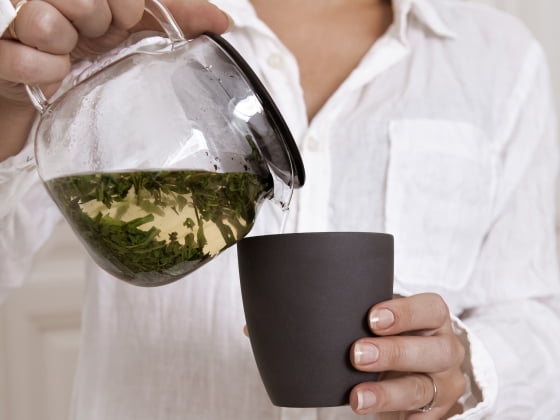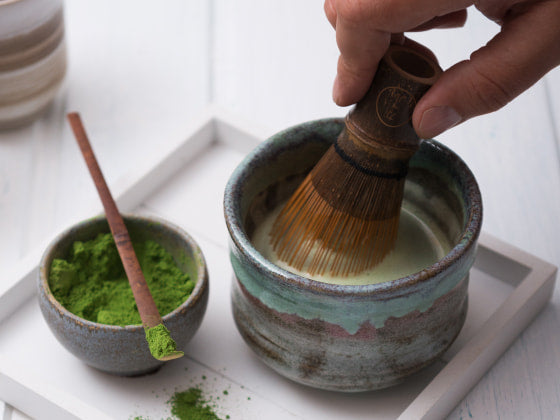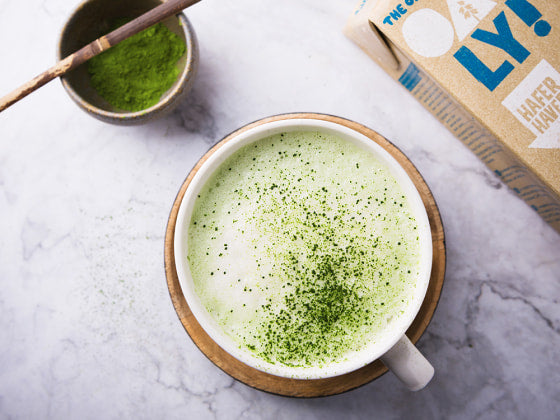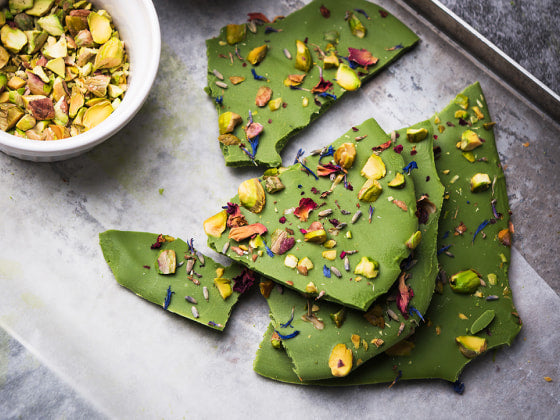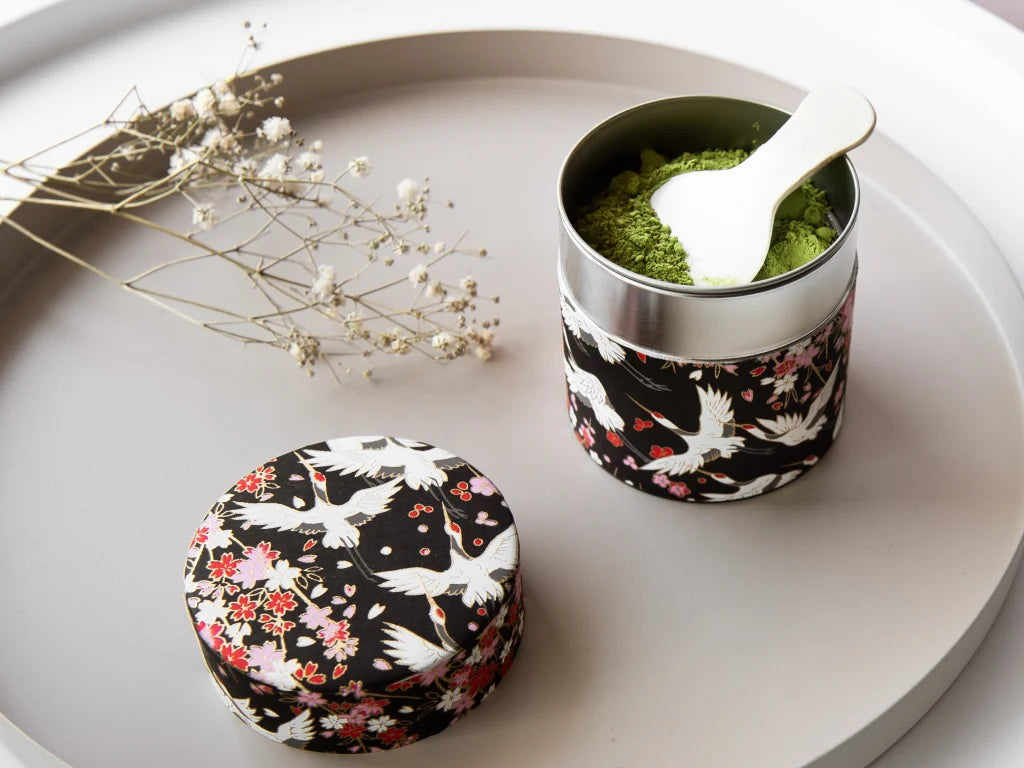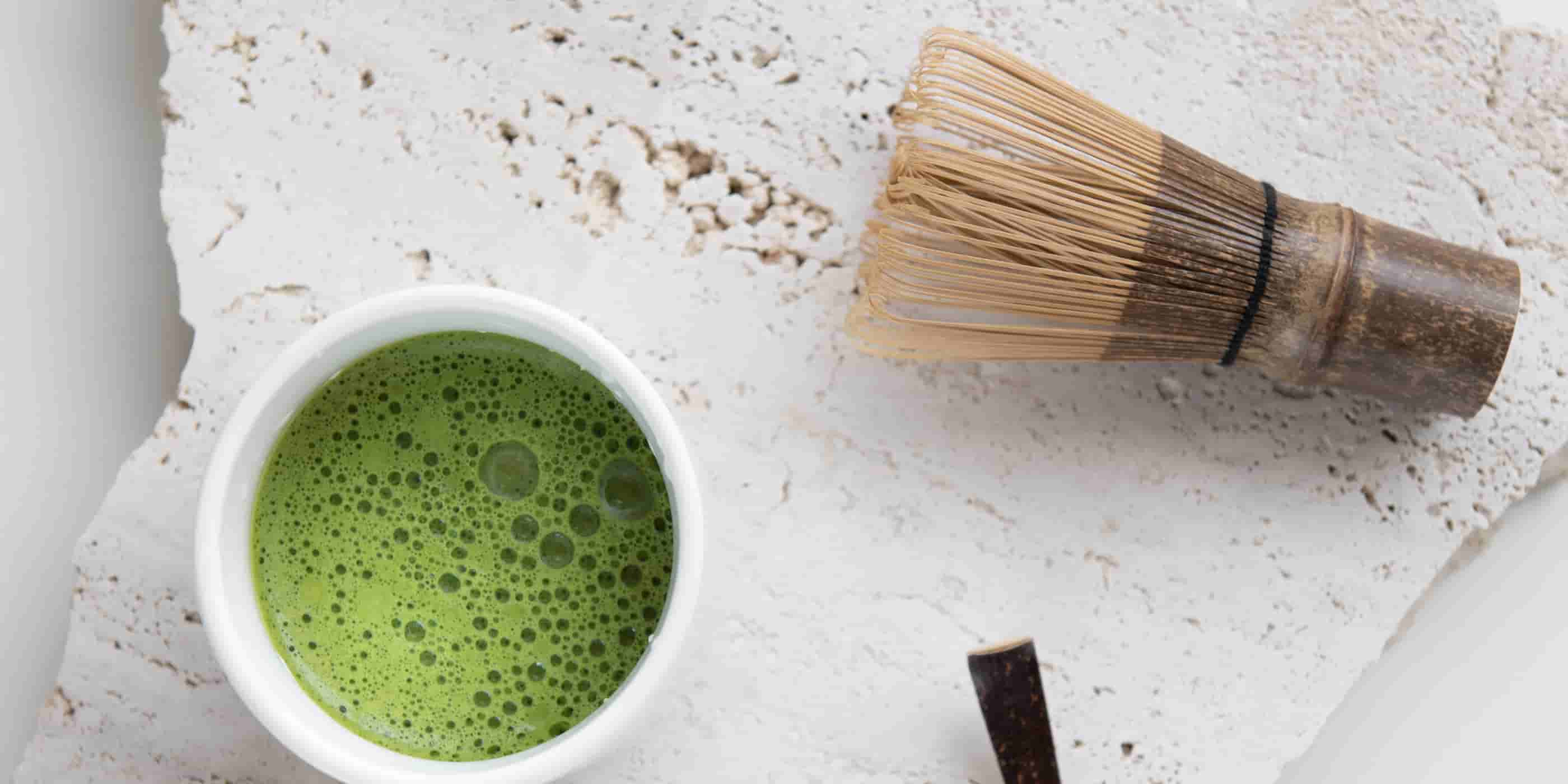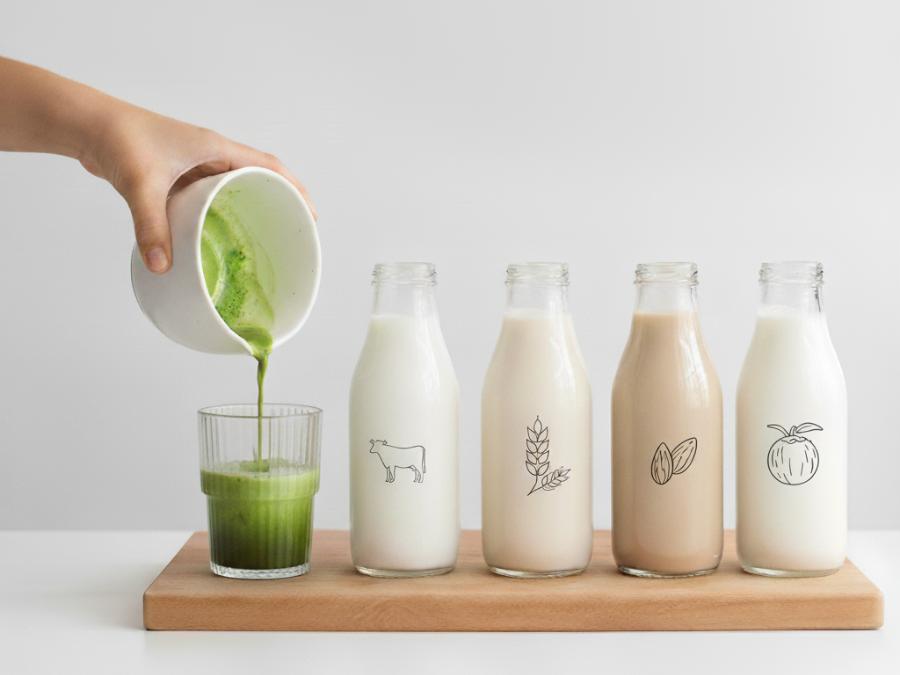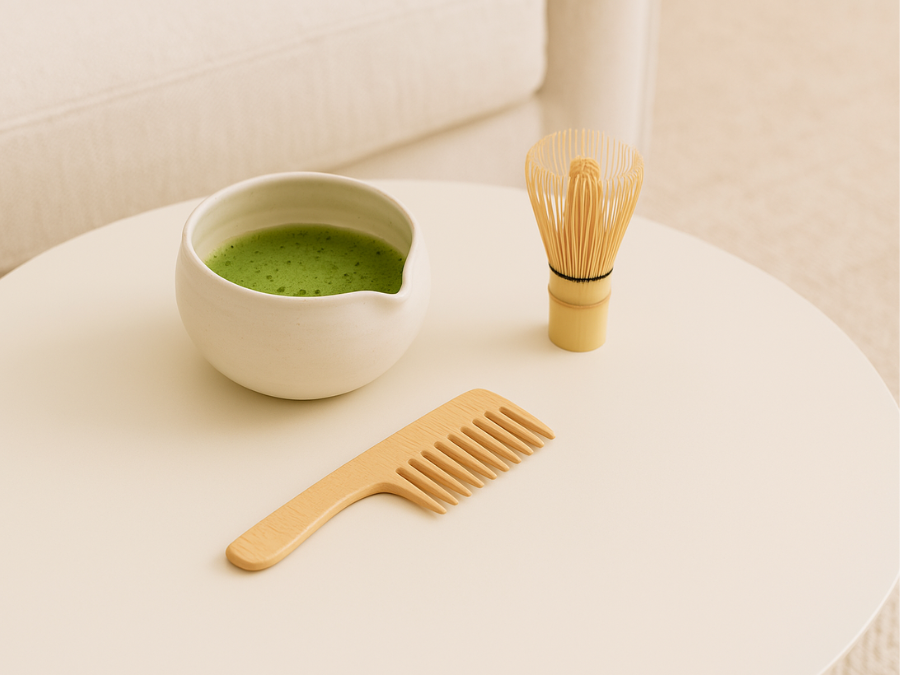Matcha tea - Delicate, soft and sensitive
Stored incorrectly, even the the highest quality Matcha loses its special aroma and fine taste within a very short time.
Due to the extremely fine grinding of Matcha, the surface area is many times larger than that of conventional green teas. This also increases the surface area exposed to light and oxygen. The very fine, delicate powder is extremely sensitive to external influences and quickly loses its taste and effect on contact with light and air.
Protection from oxidation
Contact with oxygen leads to oxidation of individual tea components, which contributes to the breakdown of vitamins and impairs the taste of the powder. This loss of the ingredients and flavor is prevented by light additionally favored by light. The tea not only loses its bright green color and delicate taste, but also many of its positive properties.

Storing matcha tea - protected from light and cool
To keep your Matcha tea fresh and aromatic for as long as possible, make sure it is stored in a cool place away from light. At single-digit temperatures, the biochemical processes in the tea take place more slowly and the natural decomposition of individual components is slowed down.

Storage in the fridge therefore seems like a good idea at first. Unopened, this is not a problem. Opened, however, it is.
Due to the temperature differences between the room and the fridge, water may condense in the can or bag. Due to the condensation moisture could get into the tin, causing the matcha to form lumps and, in the worst case, start to go moldy.
One solution for keeping the opened tin in the fridge is to warm it slowly at room temperature. This will prevent condensation in your matcha. You can find out what else you should pay attention to during storage in the next section.

Storing matcha tea - choosing the right packaging
The best storage does not help if the stored packaging is unsuitable. You should make sure that the tin or bag in which the matcha is delivered is absolutely safe to use again after opening. airtight airtight. The bags from Matcha Karu can be resealed absolutely airtight after opening.
Some tins are also unsuitable for storing tea in an airtight container. When choosing the right tin, we therefore advise you to make sure that it is either a screw cap with additional rubber coating on the lid or a product with an additional inner lid. The tea tin or the filling quantity should not be too large if the product is to stay fresh. With larger quantities, such as 100g packs, you will hardly be able to use up the tea faster than it loses quality without decanting it. Our green teas, for example, are sealed in 30g tea tins, which have a reliable screw cap as well as a rubberized lid which guarantees absolute impermeability to oxygen and moisture.

Particularly suitable are Japanese jewelry boxes which have an inner lid in addition to the slip lid and thus provide the best possible protection for the tea. They are also a stylistic part of the Japanese tea ceremony. The tasteless and aroma-neutral tins guarantee easy removal of the tea and round off the traditional tea ceremony with their classic Japanese patterns.
This ensures that the tea is not only stored correctly, but also tastefully.
How do I recognize "spoiled" matcha?
If matcha is stored incorrectly, it can quickly lose its charm and taste. It is therefore important to know how to recognize spoiled matcha. Similar to the differences in quality of matcha, color, smell and taste also play a decisive role here. Who already knows more Experience with matcha will recognize good matcha immediately. But as a beginner, how can I tell if the matcha is still fresh?
The color
A clear sign of spoiled matcha is the color. Fresh matcha has a bright green color. If the matcha loses its color and turns brown or yellowish, this is a sign that it has lost its freshness.
The smell
The smell of matcha is another important indicator of its quality. Fresh matcha has a pleasantly sweet, grassy smell. If your matcha smells musty or no longer has an odor, this is a sign that it is spoiled.

The taste
Matcha should have a slightly sweet, umami-rich taste. If your matcha tastes bitter or no longer has any flavor, this is a clear sign that it has spoiled.
It is important to note that matcha that has lost its color or smell is not necessarily bad for the health health. But it has definitely lost its quality and taste.
What is the shelf life of matcha?
Unopened cans of matcha that are stored in a cool, dry place can keep for up to a year without losing quality.
However, once the tin has been opened, the matcha should be consumed within two to three months to ensure that it retains its best properties.




